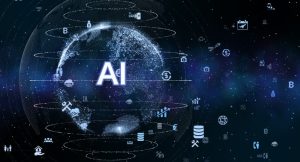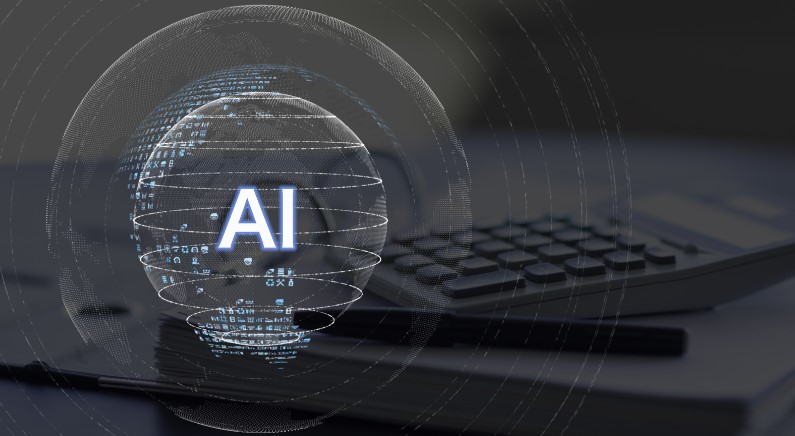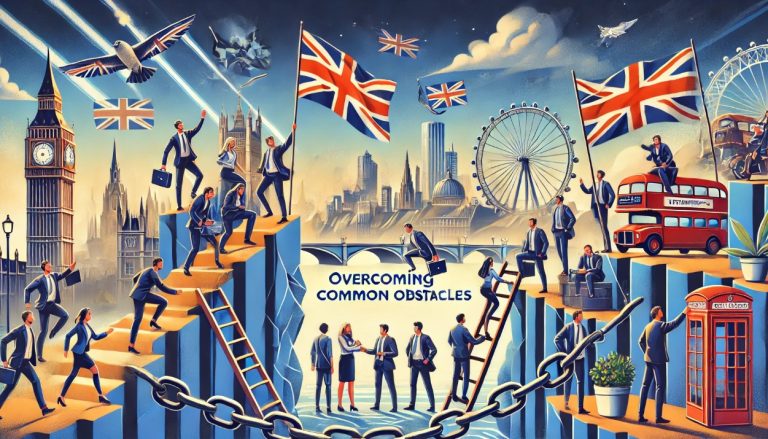With the climate at the center of many conversations worldwide, sustainability is no longer simply a buzzword or a nice ethos.
Modern businesses are making serious efforts to do their part for the planet. However, the modern business landscape operates digitally, and the innovations that AI is bringing to the digital landscape can’t be overlooked.
AI, though unfortunately, is a little power-hungry and so is often criticized for being unsustainable. While the energy-consumption issues are the elephant in the room, there are still many ways in which AI integration can help businesses to be more sustainable.
The debate then is about whether the two counter one another.
Can sustainable vectors embrace the technology and leverage its benefits without spoiling sustainable ambitions?
Plenty of businesses are saying yes; 37% of business leaders say their firms are using AI to meet sustainability goals.
So, let’s explore the intriguing crossroads where AI and sustainability intersect.
AI Power Dilemmas

AI is making waves in tonnes of industries, helping to optimize supply chains and predict consumer behavior but the environmental costs are high and it can’t be danced around.
The data centers required to run these machine-learning models consume energy like nothing we have really seen before. Understandably, this gives businesses a dilemma when it comes to sustainable vectors.
AIs Environmental Impact
AI’s carbon footprint is gigantic, to compare it in an understandable way, training one large model consumes as much energy as five cars consume in a lifetime. And that’s just the training stages, huge data storage, which also drains a lot of power, is required to run the models.
Usage & Emissions
AI’s environmental impact can be lowered if we look at optimizing the model’s themselves to be more energy efficient which is in the pipeline.
Using renewable energy sources to power these training and data centers is one way we can try to balance emissions and aim for sustainable usage.
Using AI in Harmony With Sustainable Goals
The dilemma is a big one, granted, but if we use AI mindfully in ways that complement a startup’s sustainability objectives, it can be integrated without too much environmental harm.
Enhancing Efficiency With AI
AI is able to recognize patterns so well in such large data sets that it predicts with a high degree of accuracy. This gives it the power to optimize resource use on another level which is arguably one of its most compelling benefits in terms of sustainability efforts.
The analytics can undoubtedly reduce waste and improve production. The forecasting isn’t just for consumer markets it can also monitor the functioning of systems predicting failures in equipment before they happen. All of the above reduces emissions.
Designing Sustainable Products

The decisions made during the designing stages determine up to four-fifths of a product’s lifetime emissions. By utilizing AI-driven design tools, startups can create products with a lower environmental impact before they go into production.
AI can run multiple simulations with tiny variants to find the best option. This has the potential to help with making eco-friendly decisions early on, prevent a lot of emissions, and reduce worldwide carbon footprints on a huge scale.
The Hidden Role of Virtual Private Networks
Utilizing other technologies in harmony with AI-driven tools can help offset the energy- dilemma presented.
Using a VPN for phone (VPN) for your start-up and working securely but remotely bypasses the need for physical office spaces. If you reduce your energy consumption as a company from the get-go, then utilizing AI will have less of an impact.
The modern working world of the future will likely have a reduced footprint overall with no physical office spaces and zero commuting energy consumption and emissions will be offset and balanced.
VPNs can also help manage bandwidth usage, making data transfers more efficient in data centers and reducing overall consumption.
AIs Future in Sustainable Startups
AI’s role in a sustainable future is still in its infancy, but the two can be synergized at certain intersecting points along the way.
AI itself is in its infancy, too, and as the technology grows, it will likely become more energy efficient, and renewable energy sources will be focused on. Eventually, it will be easier for startups to balance AI use with their sustainability goals.
Greener Horizons
There is already a push toward carbon-neutral data centers. A lot of development and research are going into developing AI with more energy-efficient systems. In the near future AI’s environmental impact could be reduced considerably.
Conclusion
If AI is implemented in the right areas for the right aspects, then it needn’t hurt your startup’s sustainable vector.
There is no getting around the large energy consumption of AI, it’s a fact and while it shouldn’t be ignored you can make more sustainable choices by opting for models that utilize renewable energy.
The energy can’t be ignored but neither can the benefits that these AI-driven tools provide that enhance business sustainability efforts along the way.
Compromises can be made so that AI use doesn’t compromise your commitments while competing in the tech-driven world of modern business.




